Quinas returned this Wednesday to swimming in the open sea. The leatherback turtle, which had been rescued at Meia Praia, in Lagos, and was in recovery at Zoomarine, was returned to its habitat after seven weeks, against all expectations.
Élio Vicente, biologist at Zoomarine, moments after the release of the reptile, which weighs over 300 kilos, admitted that “I bit my tongue. I thought this day was not going to happen. We've already had experiences with these animals, which washed up dying, and I didn't believe they would recover». On top of that, «it was sooner than I thought».
Élio Vicente's cautions were justified because “these are animals that can have very large dimensions. They can reach 900 kilos. Quinas only has 300, but it will certainly grow. It's a very difficult challenge because these turtles don't have scales or shells. They are all skin and any kind of contact can create a bruise, which in this case is even white. Any pressure can create a wound which, if infected, can lead to sepsis. They can even inhale water, running the risk of suffering from aspiration pneumonia».
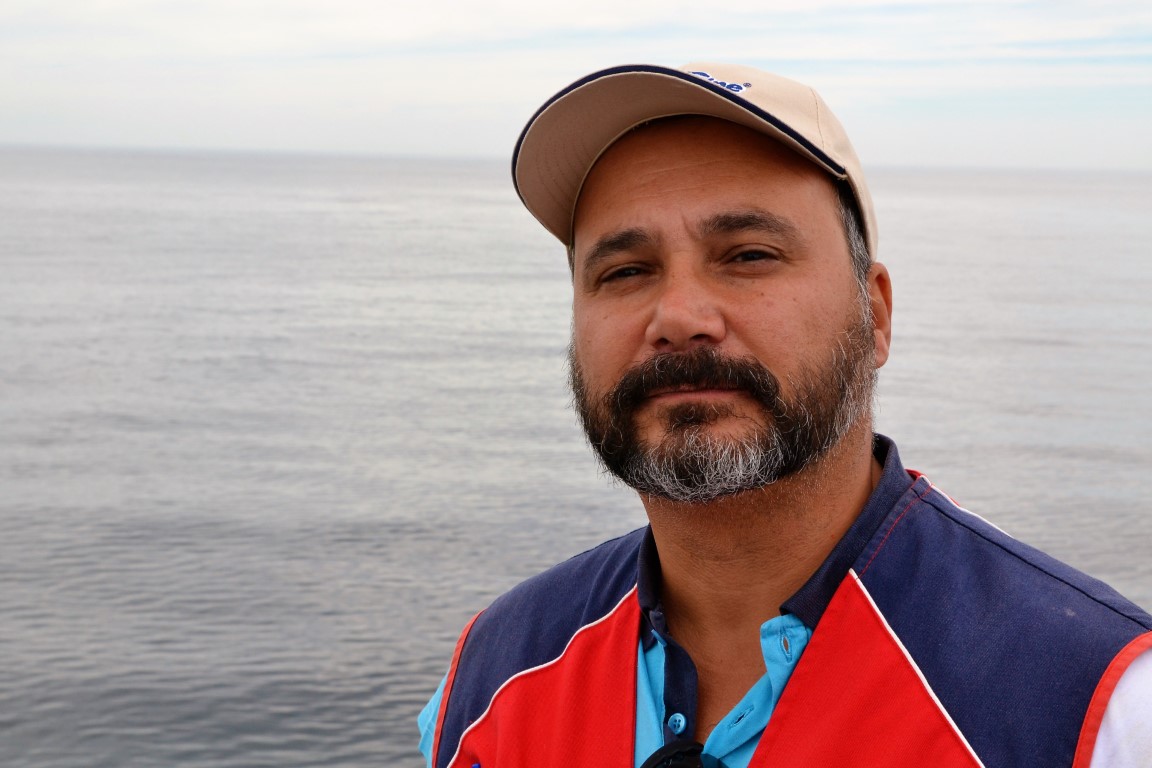
There was also “another problem, since these animals, even in the recovery center, will do what they know, that is, swim. Therefore, rehabilitation becomes a risk. Staying in a tank can lead to the development of other injuries, it was a risk within a risk».
To solve this problem, a pioneering solution was developed «on an international level. We created a suspended harness, with a bungee cord, which is the equivalent of a running treadmill, like those found in gyms. We did this for Quinas, so he could swim as fast as he wanted, without touching anything».
Even so, “since the harness was in contact with the skin, we had to give it a rest and we created some gloves to minimize contact with the fins. This balance made it possible to manage the pressure on the epidermis, so that it did not create too much trauma and the wounds that occurred during the hurling and rescue would heal”.
Quinas has transformed, since he was rescued, in a media case. Right from the start, because it dared on a beach with vacationers who alerted lifeguards. Then the Maritime Police took action and, finally, Zoomarine.
Then there was what Élio Vicente says was “a society movement. There was teamwork by a lot of people. In Barreiro, they caught jellyfish for Quinas to eat, also in Vila Real de Santo António. The IPMA sent reports saying where the jellyfish could be found. Then there was the Animal Action and Intervention Group (Gaia) that went to Lisbon yesterday to pick up the satellite transmitter [which was installed at Quinas], which had been held up at Customs. They were there for five hours and only managed to clear customs at 11 pm».
This Wednesday, the Navy took action. Quinas sailed in the corvette António Enes from the Naval Support Point of Portimão to about 10 miles to the south. There, the Zoomarine team and the Navy personnel lowered the box that transported the animal.
There were moments of some concern, when the turtle, already at sea, got caught in the strap, but was promptly released by the divers who accompanied the operation.
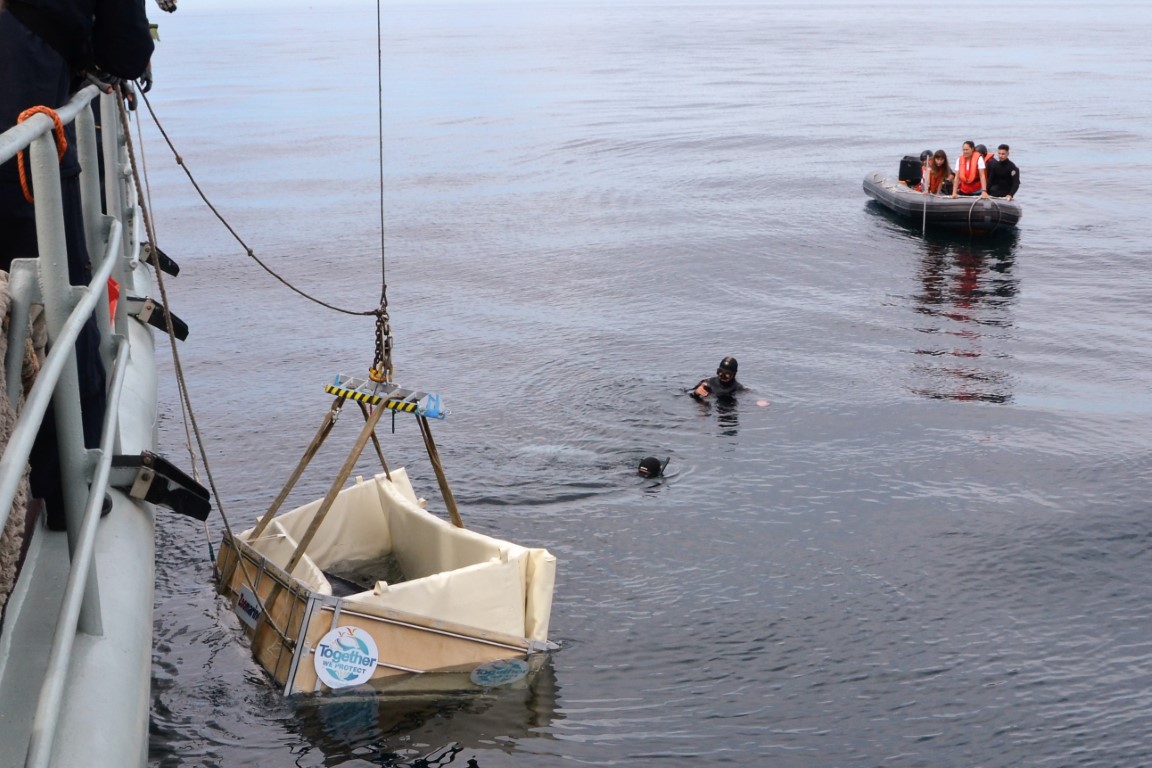
Cortes Lopes, commander of the Southern Maritime Zone, said that this was “an operation that took longer than expected, due to the balance with the turtle's weight, when the crane lifted the box. This required some care so that nothing bad happened. It is not an operation that is done every day, but everything went well and Quinas is already in its natural habitat».
Quinas swam away, but the trail was not lost. «From today, we will have access to your location and we will have basic information, such as your position, the depth at which you dive or the speed at which you progress. Let's cross this with information that we know at the meteorological level, such as surface temperature, currents and tides», explained Élio Vicente.
All this information will now be available on the Zoomarine page. "Anyone who wants to, whether layman or researcher, can know where Quinas has been in the last three days," adds the biologist.
“When we receive the signals, we will know that Quinas is fine. We're going to have 400 satellite transmissions a day. If in the next few hours, or days, it is in the same area and on the surface for too long, we may notice that something is not right and try to locate it and collect it. Despite being an unlikely scenario, we are prepared for it», concluded Élio Vicente.
See the photos of Quinas release:
Photos and video: Nuno Costa | Sul Informação
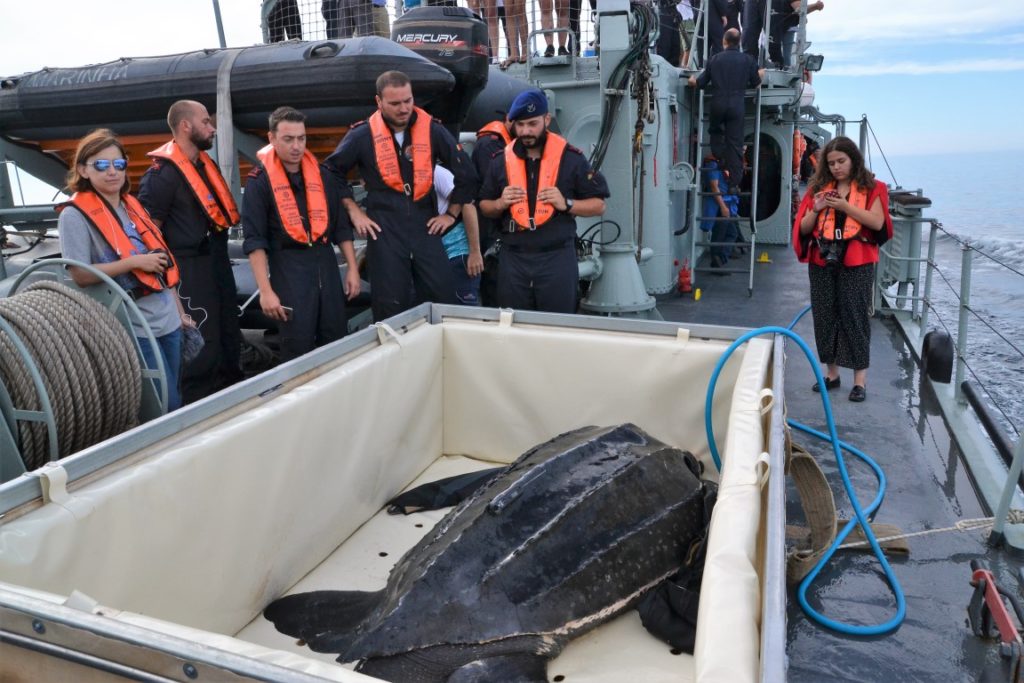
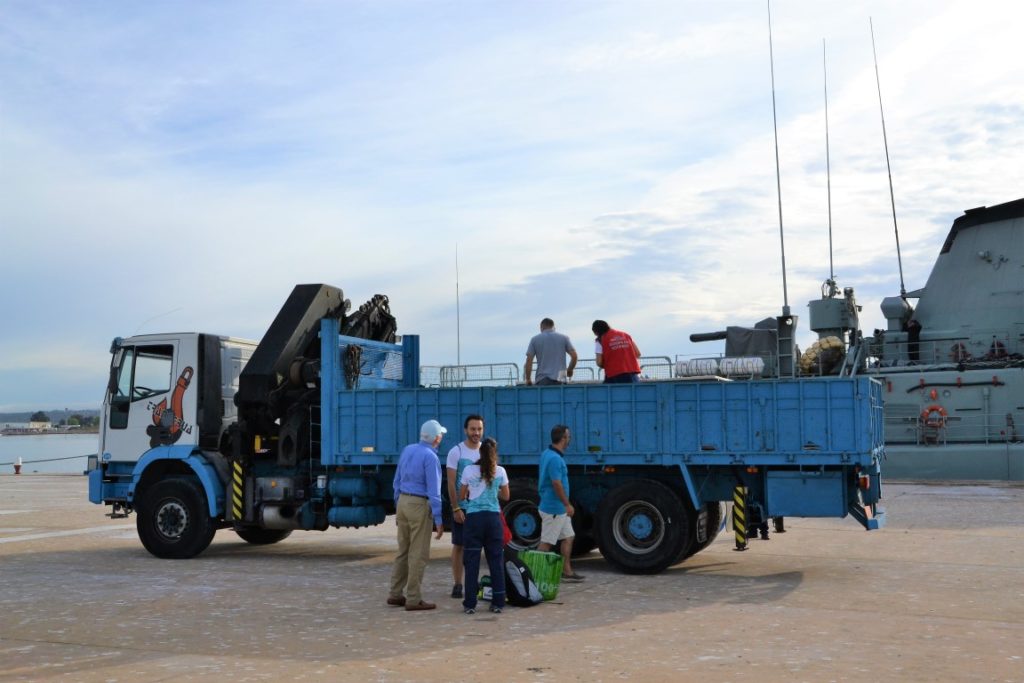
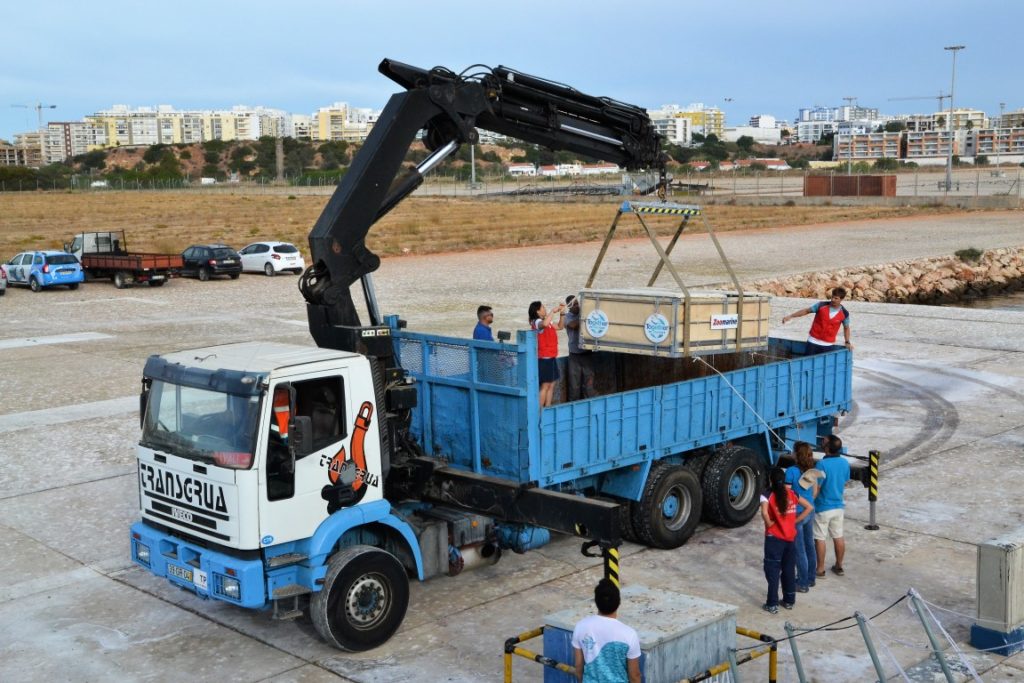
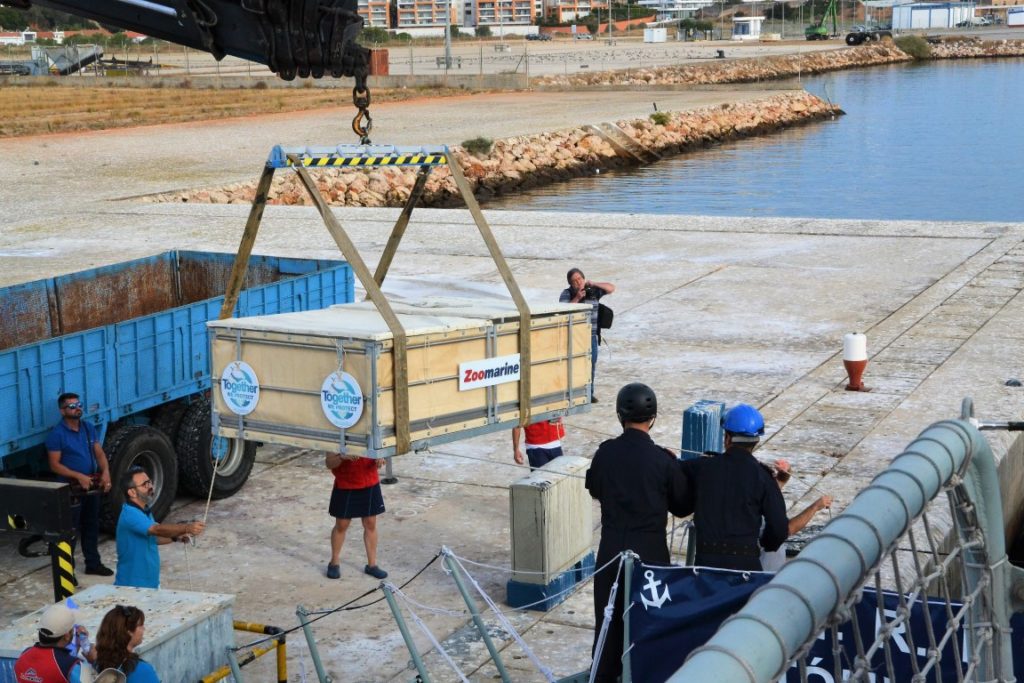
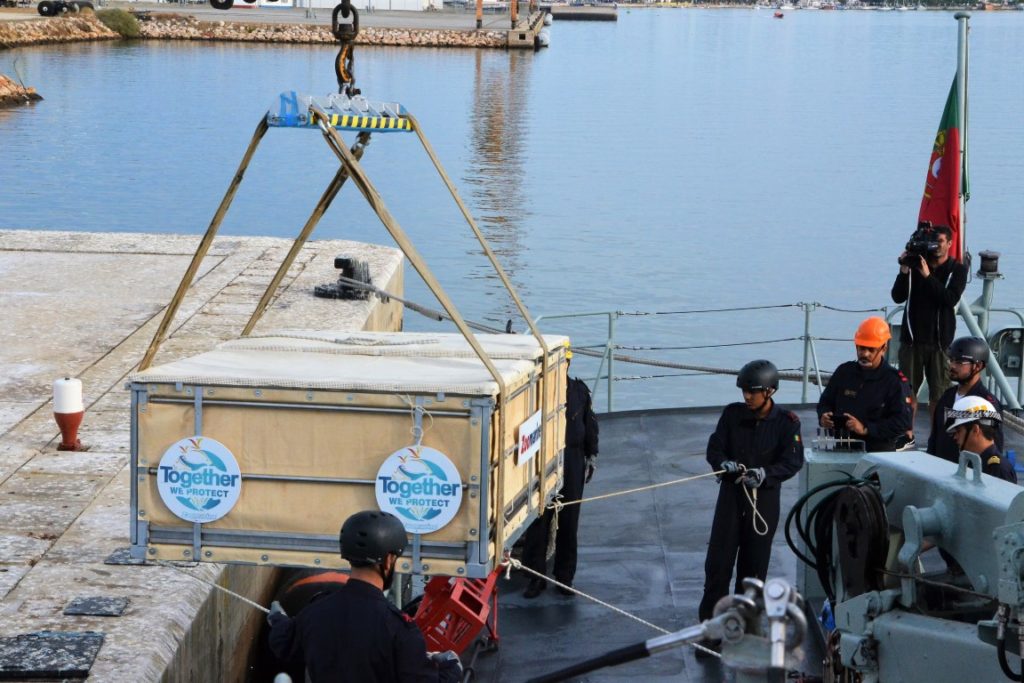
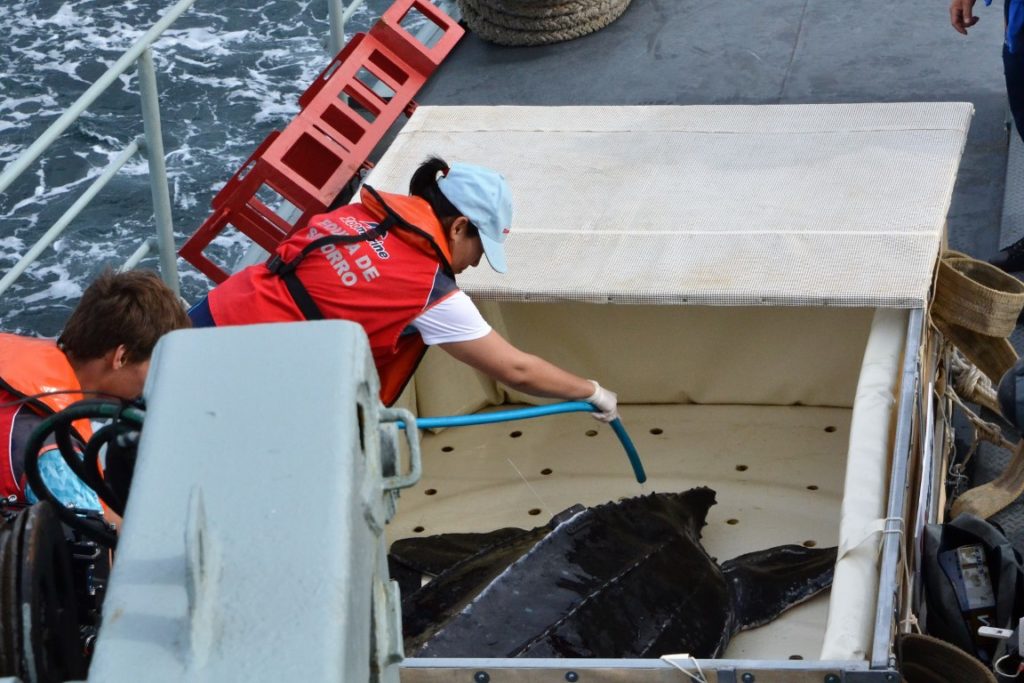
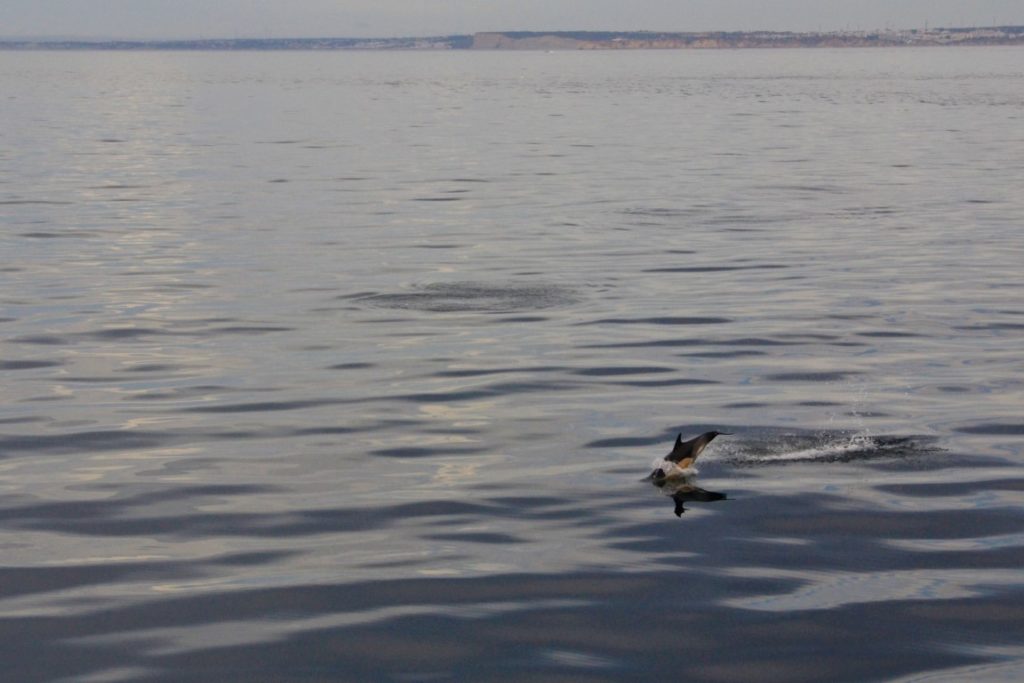
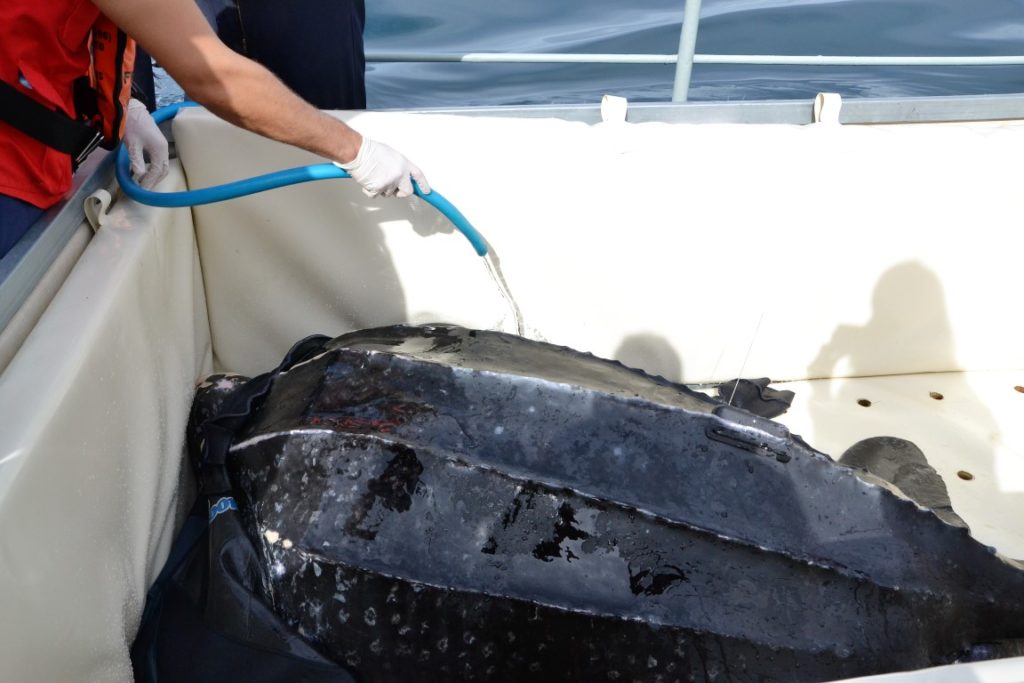
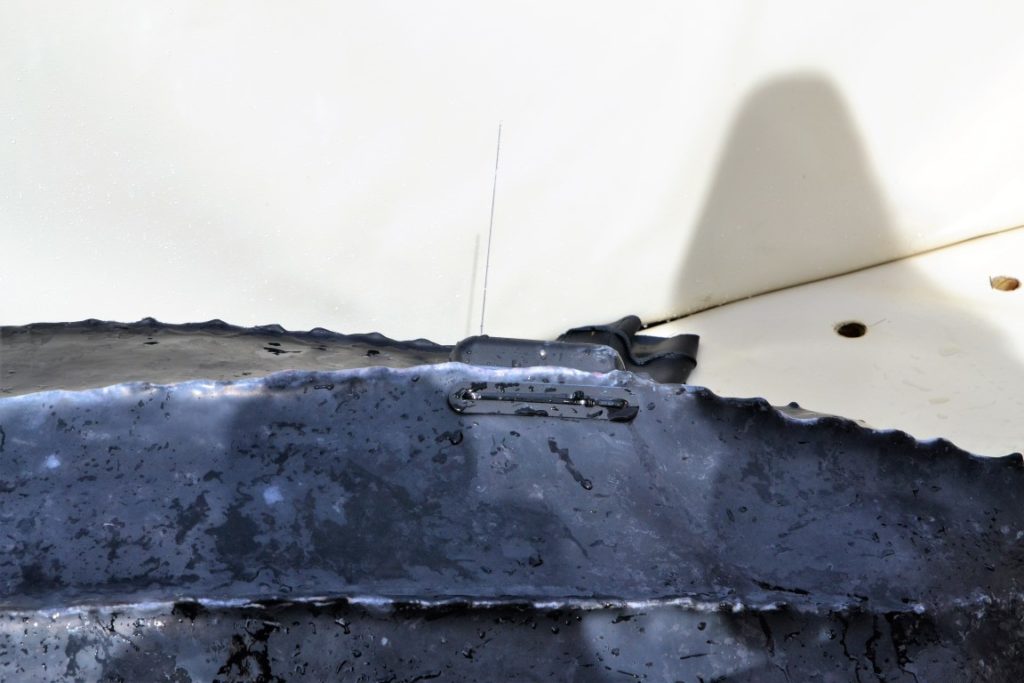
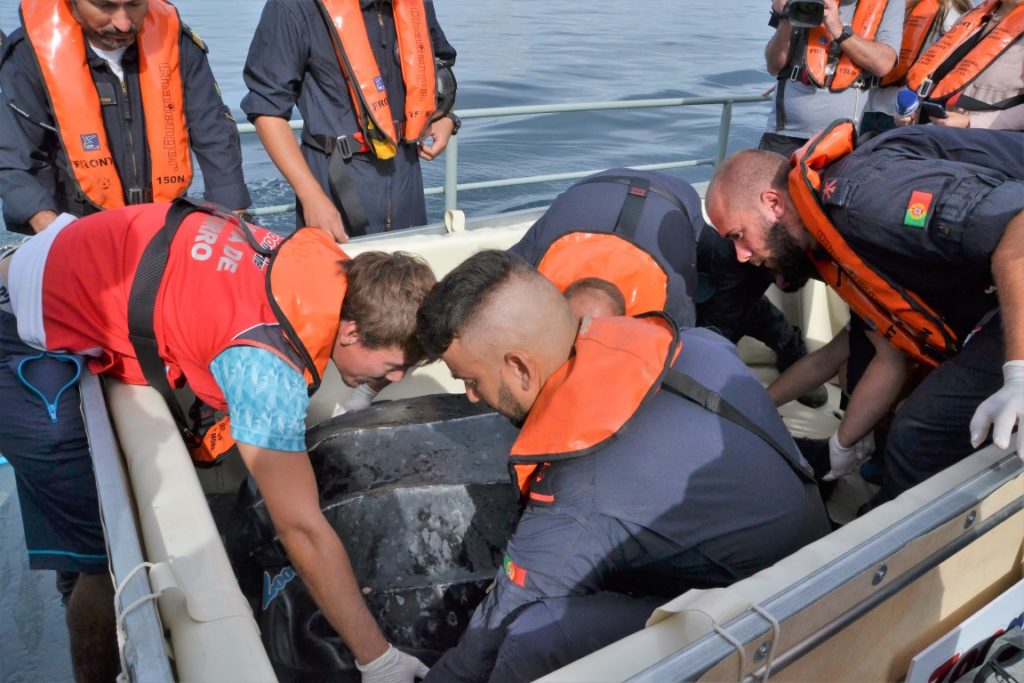
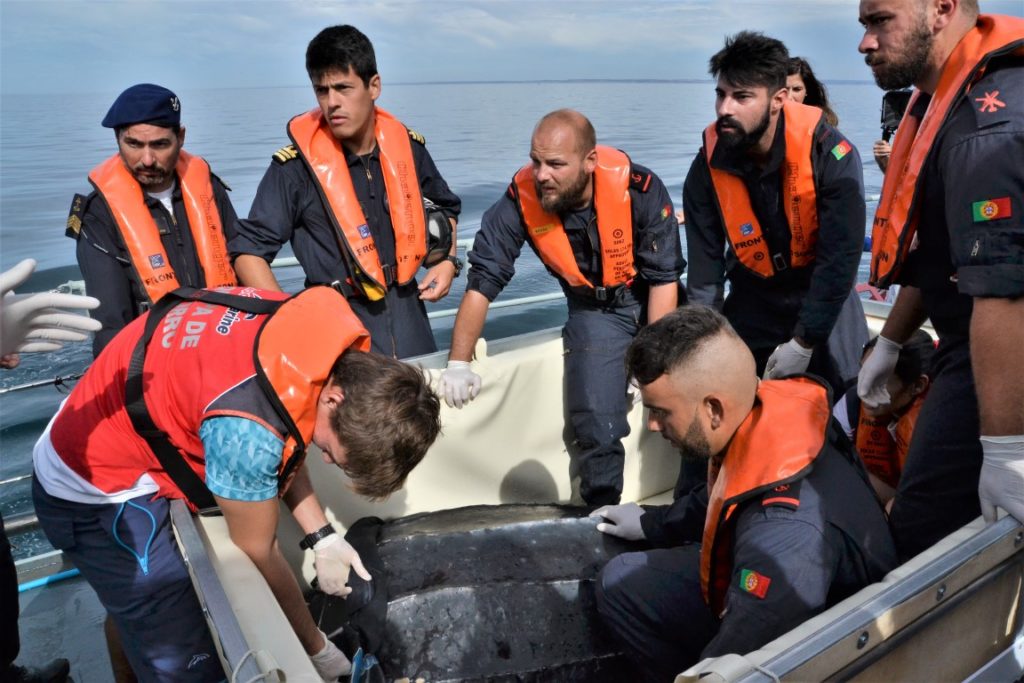
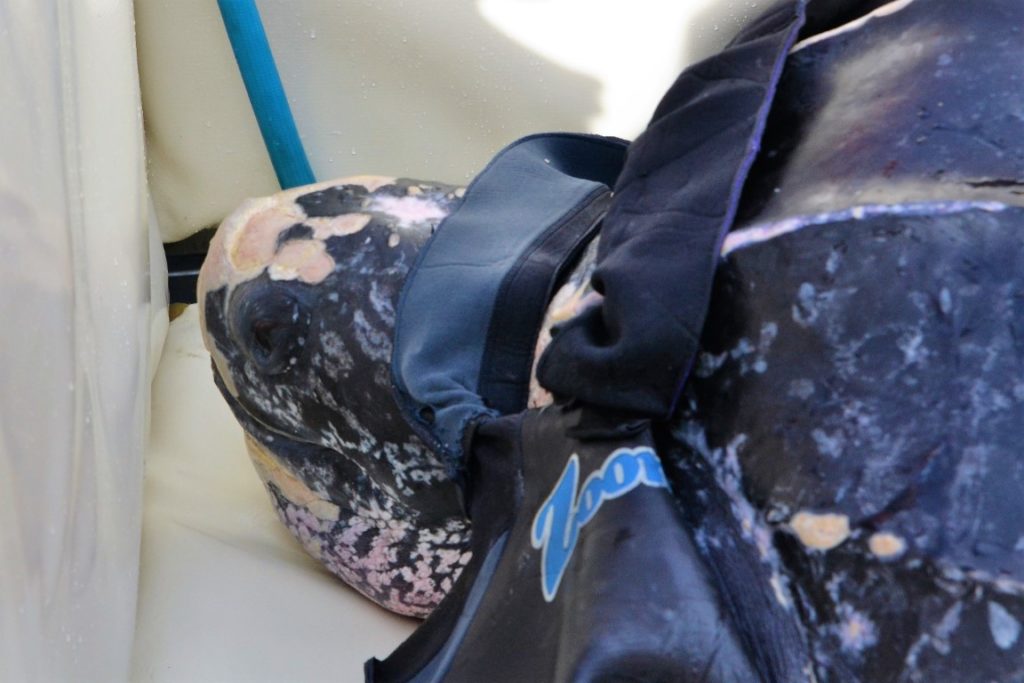
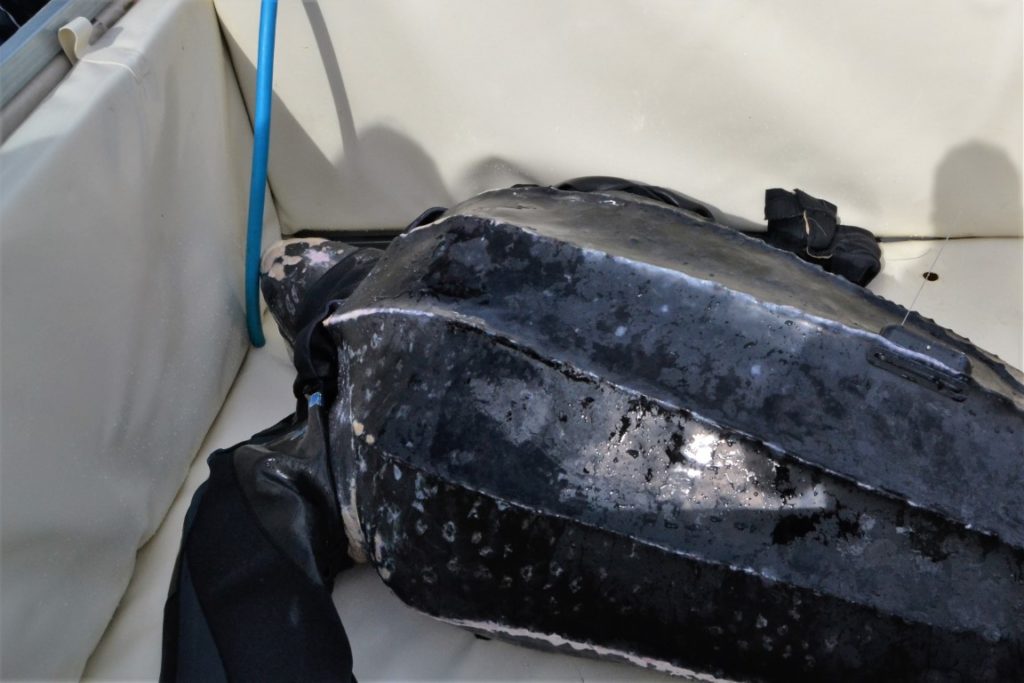
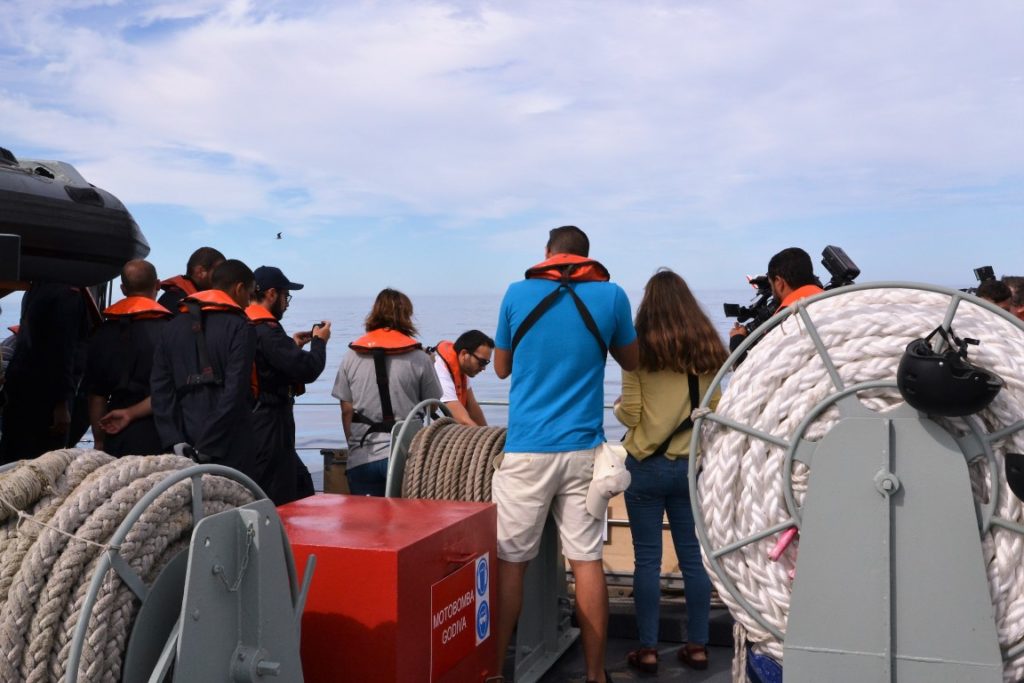
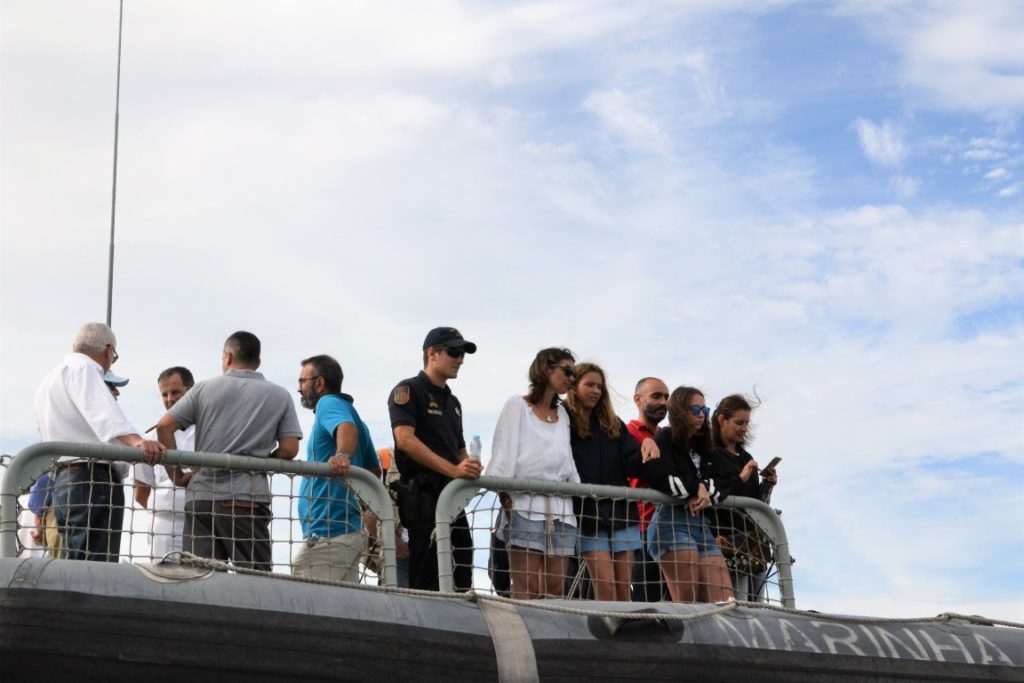
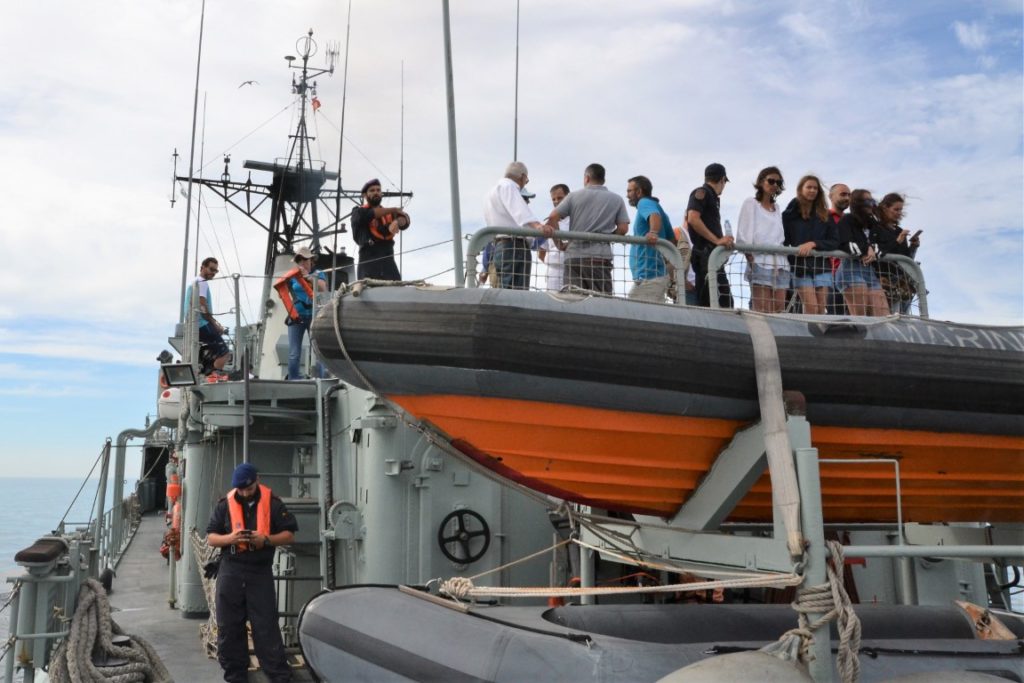
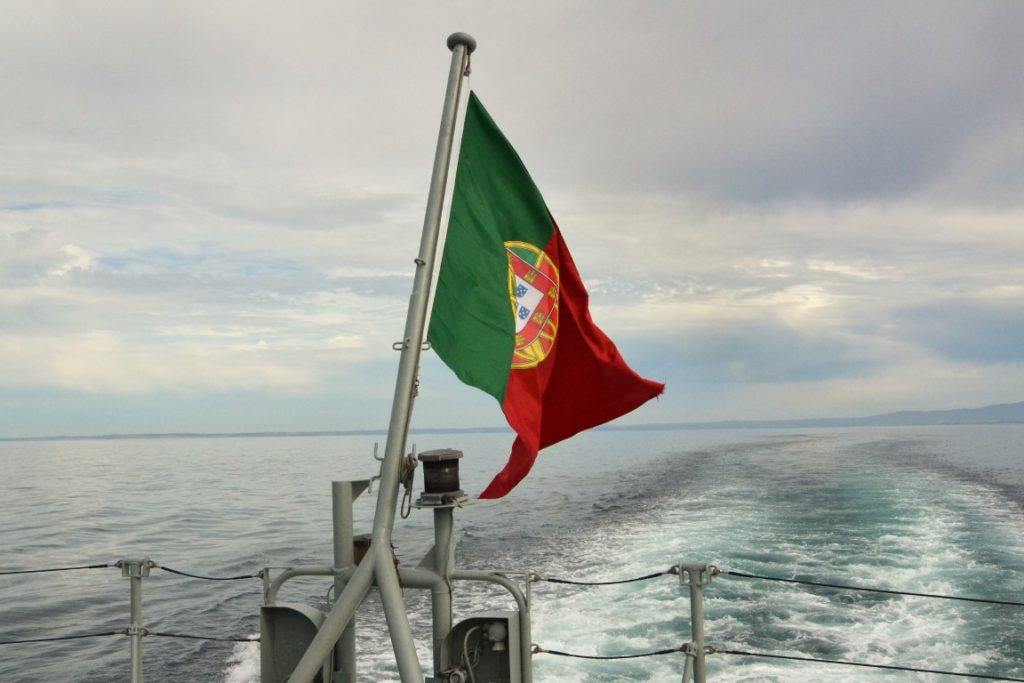
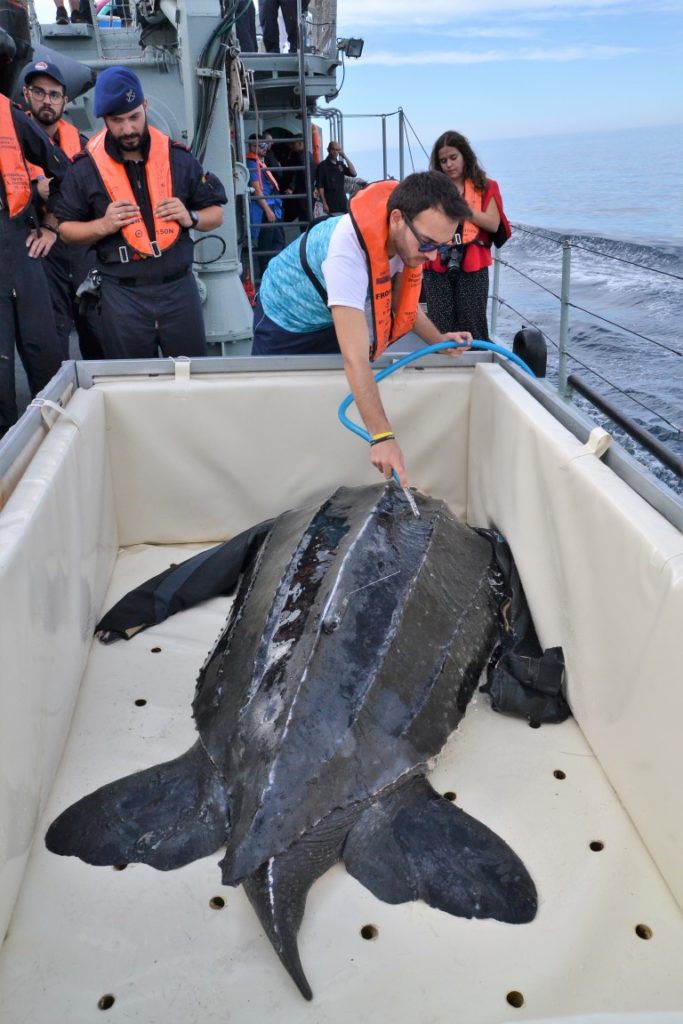
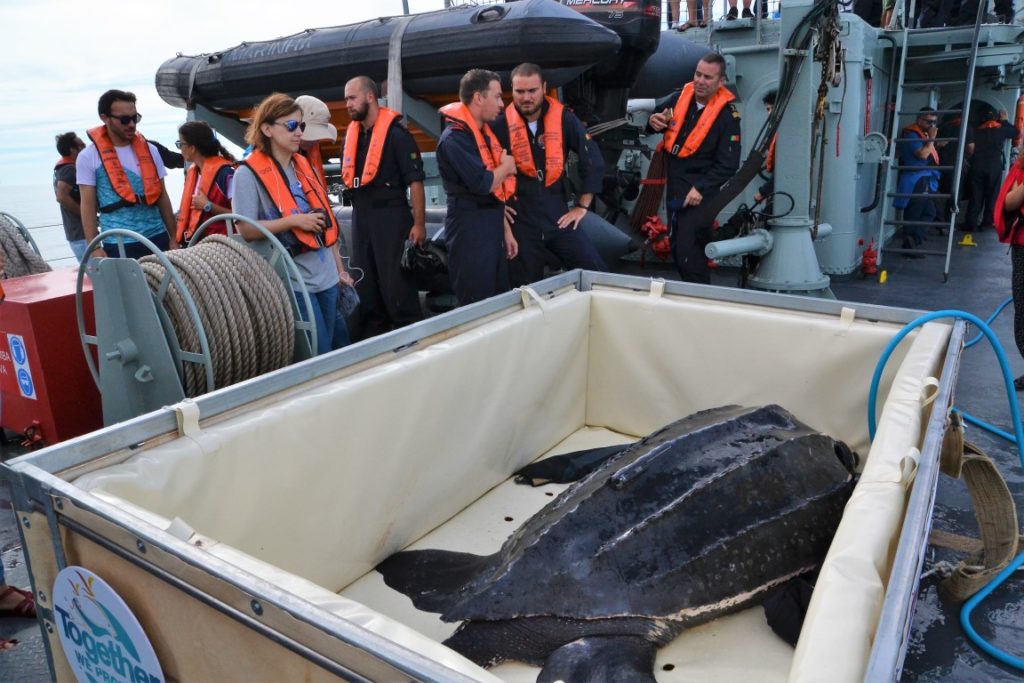
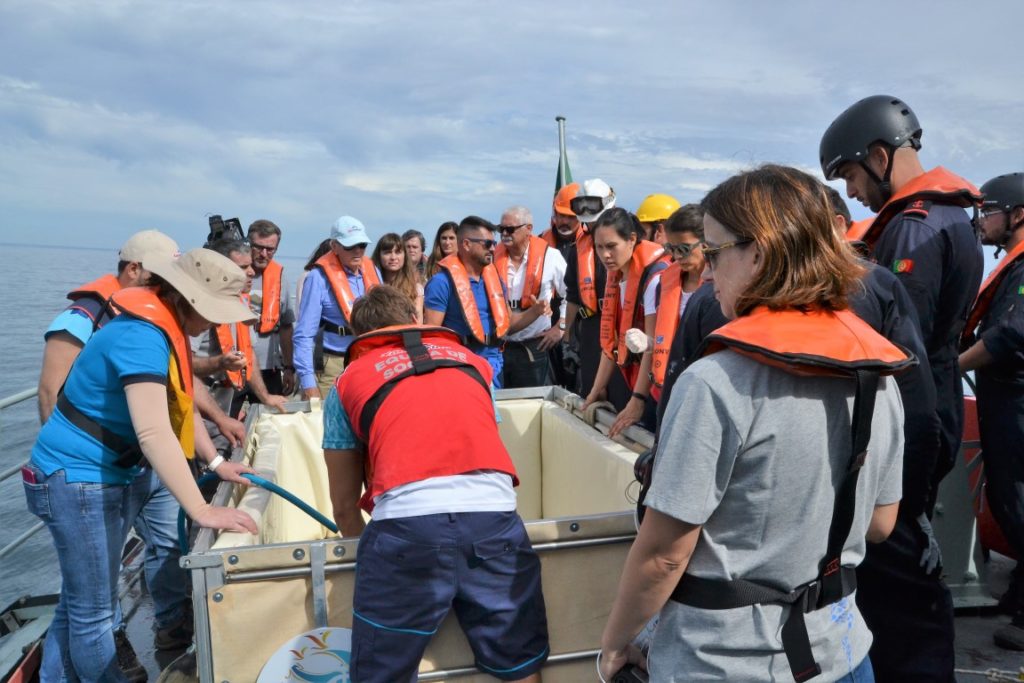
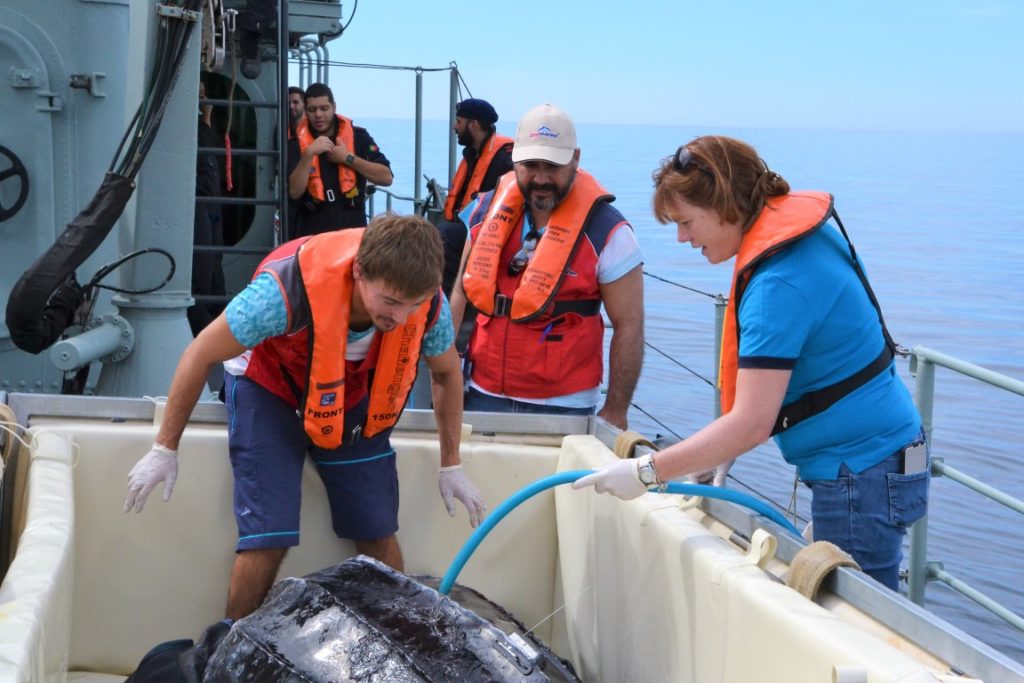
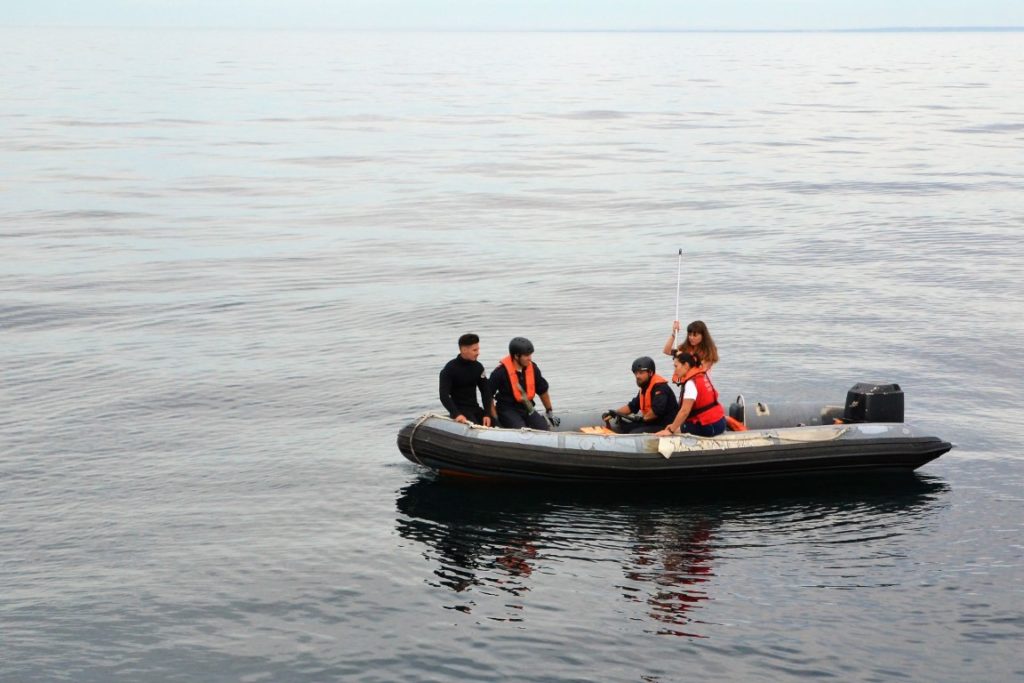
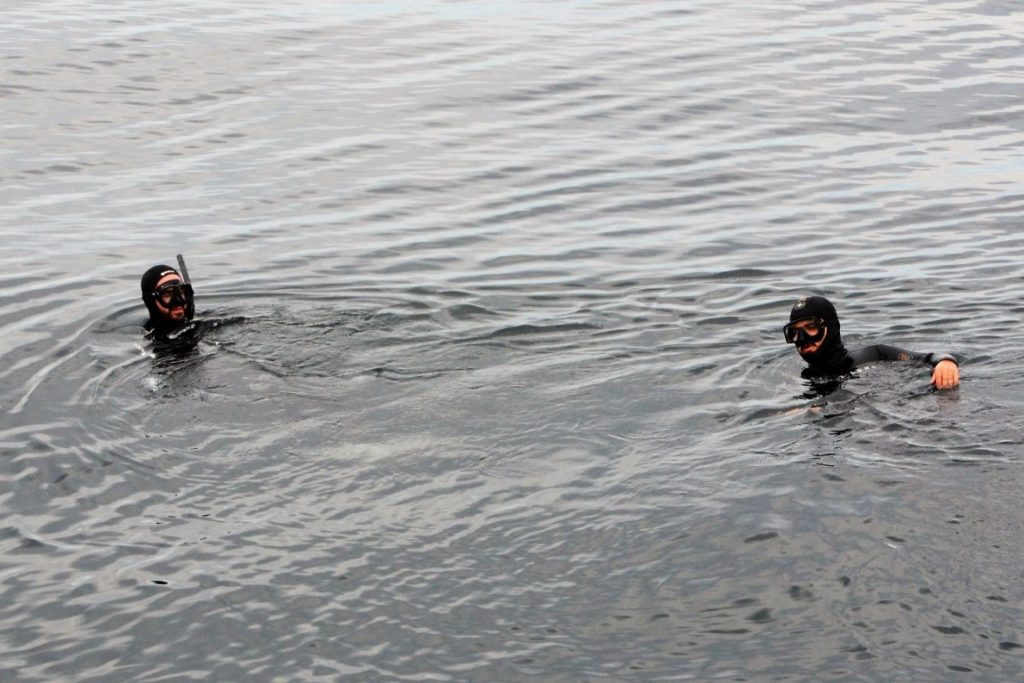
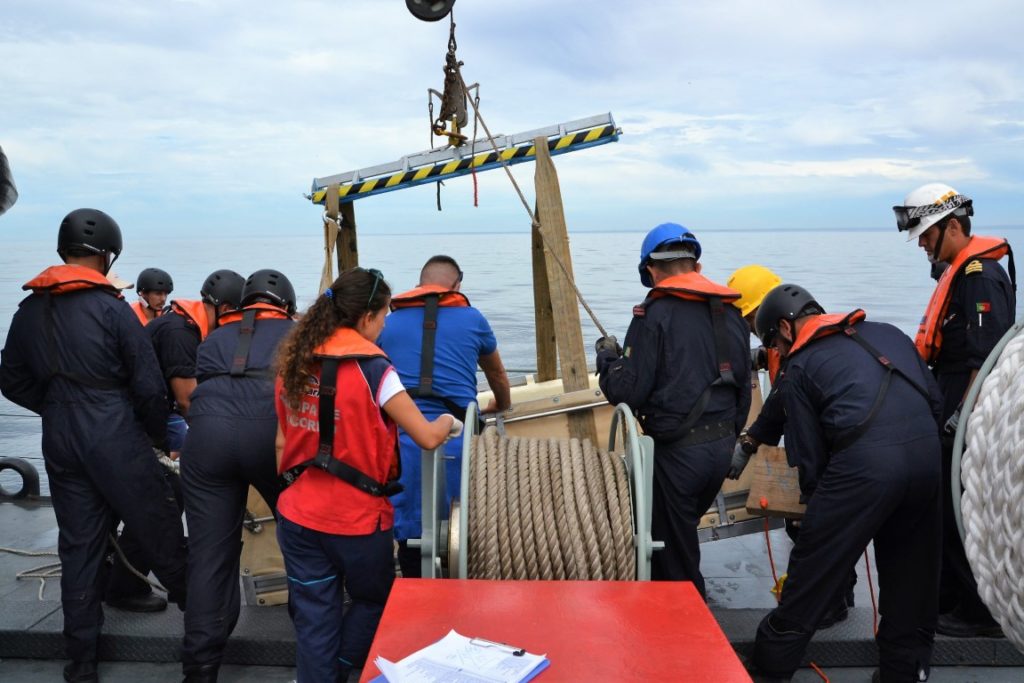
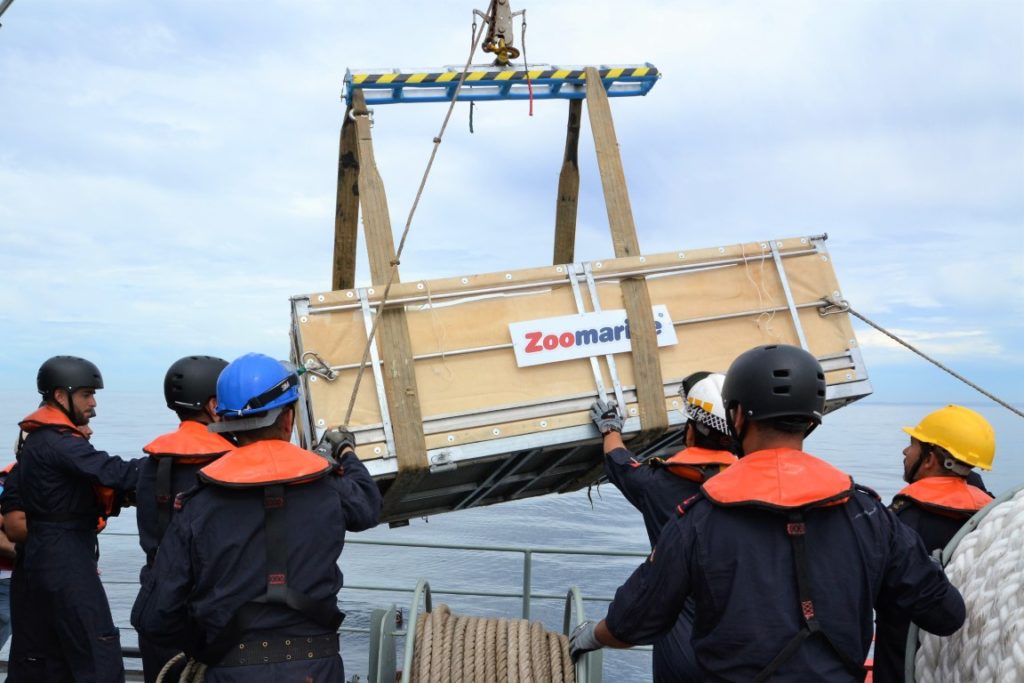
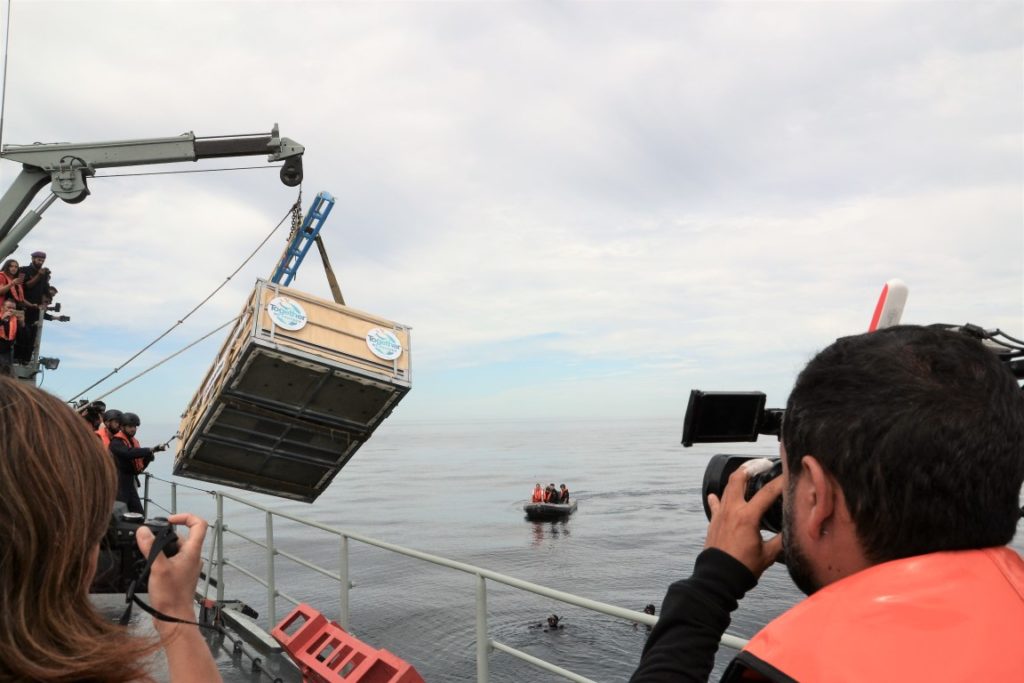
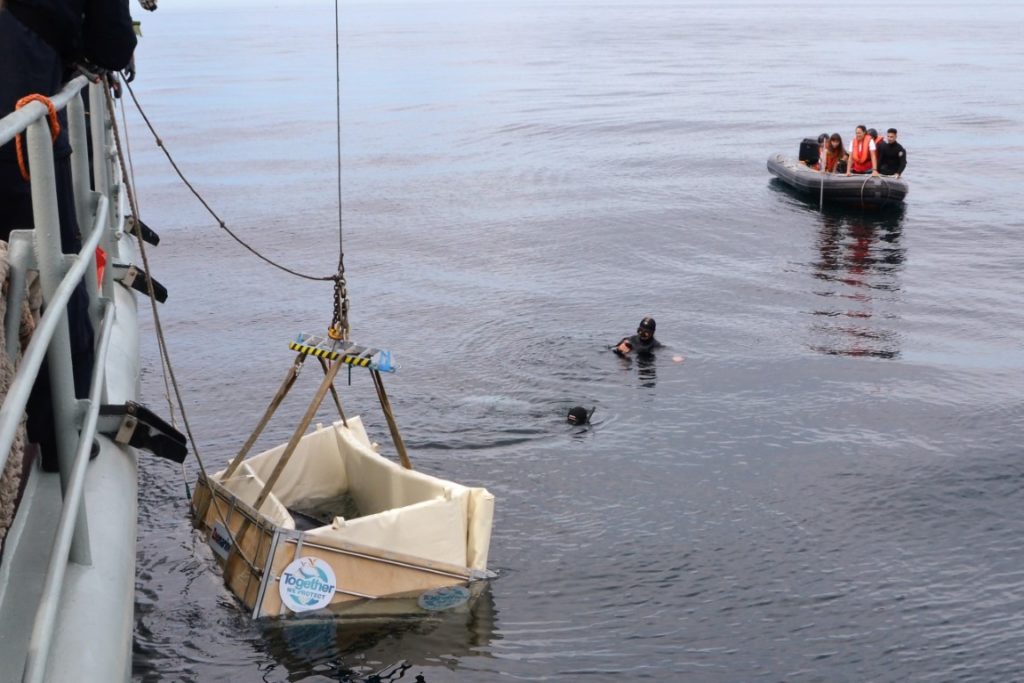
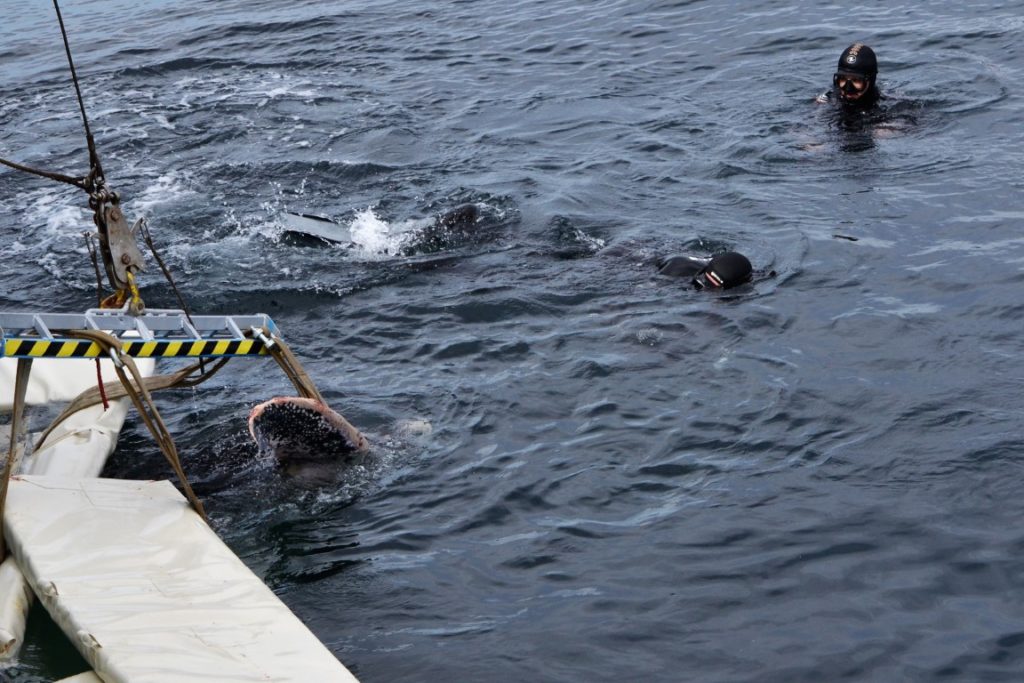
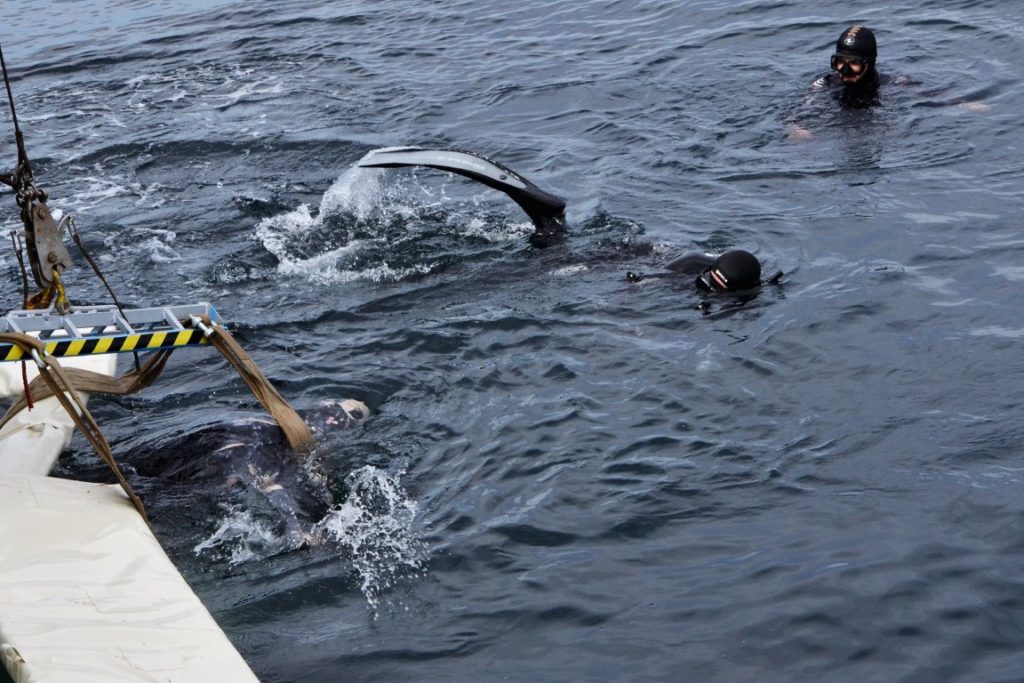
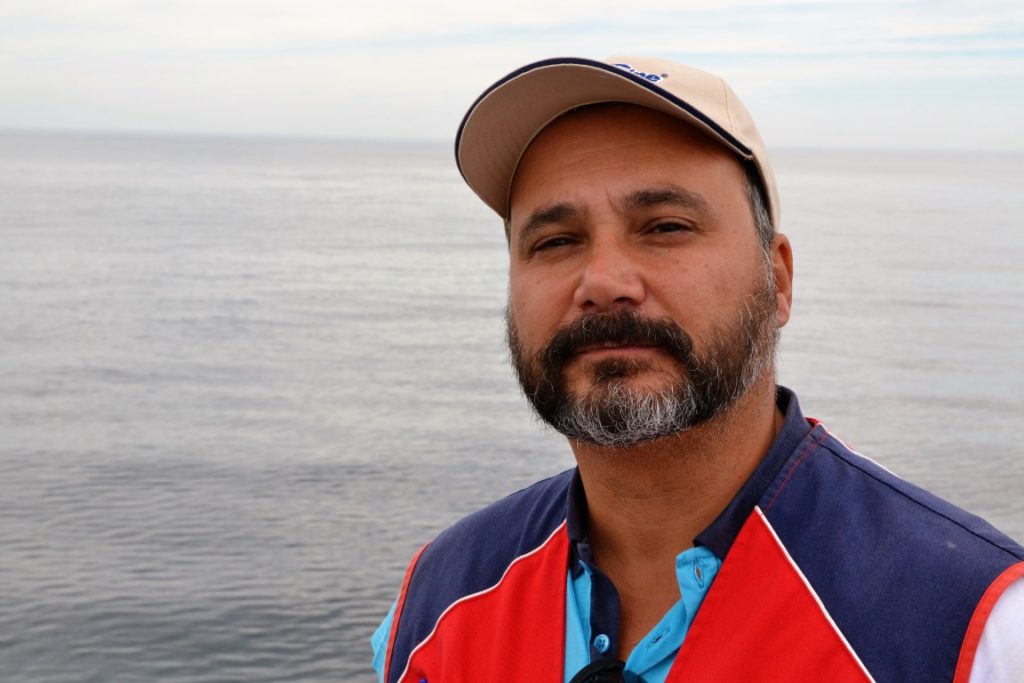


















Comments